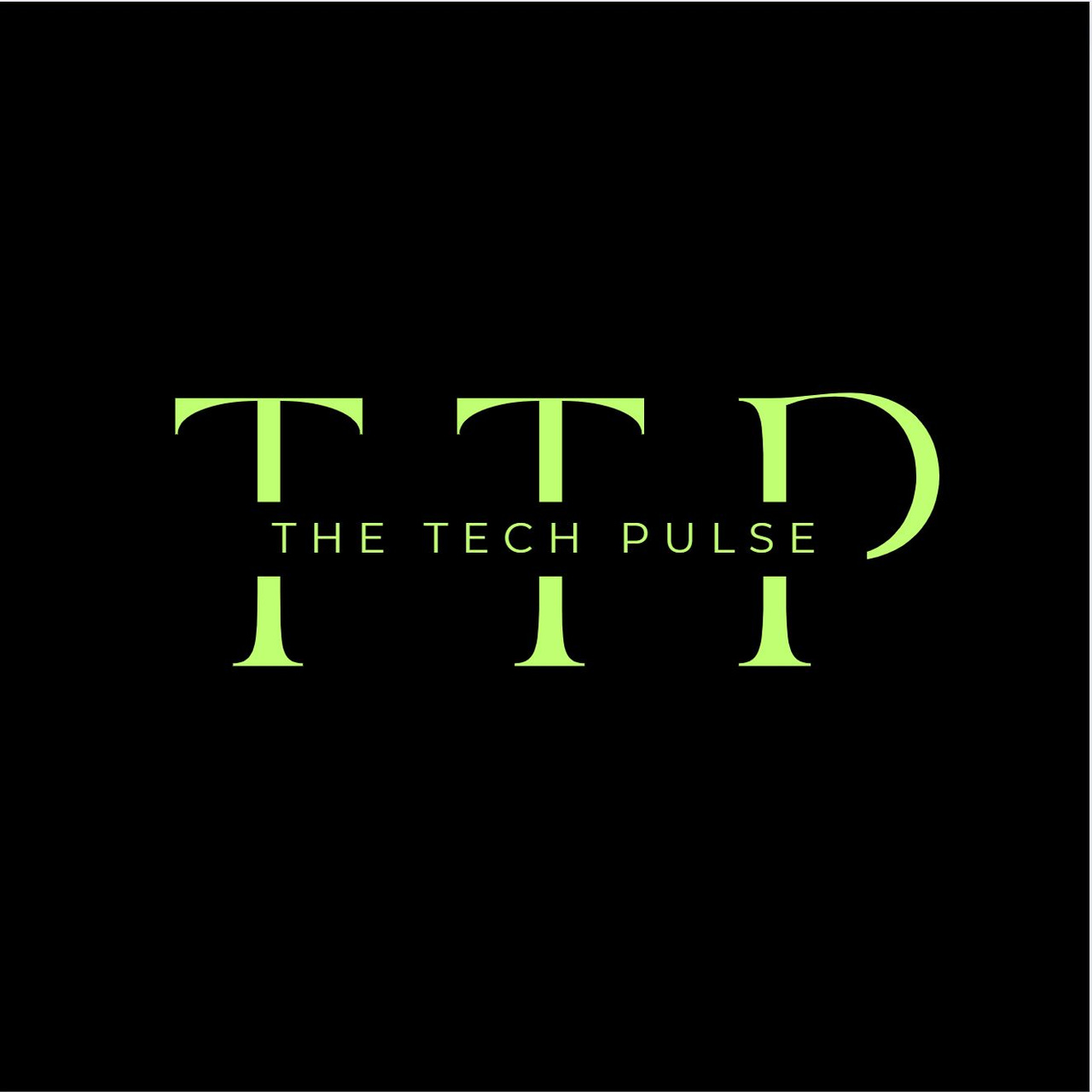TCP #6 - How Do You Know Your Are Ready To Become a Cloud Software Architect?
I discuss 4 signs so that you can take the leap
You can also read my newsletters from the Substack mobile app and get notified when a new newsletter issue comes out.
Keep reading with a 7-day free trial
Subscribe to The Cloud Playbook to keep reading this post and get 7 days of free access to the full post archives.




